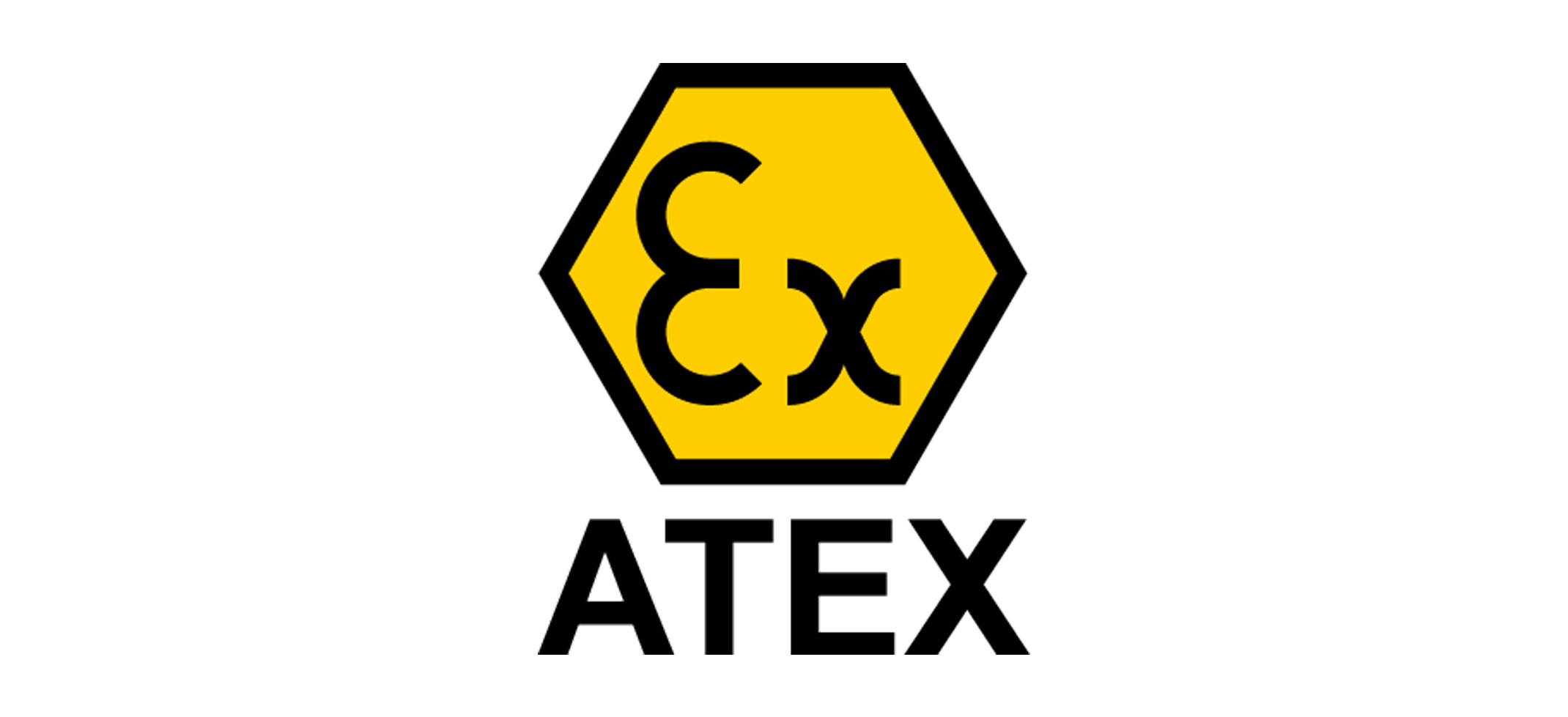The Atex (ATmosphères and Explosives) directive entered into force on 1 March 1996 and became mandatory on 1 July 2003 for all EU states. It requires certification Atex to all products marketed in the same, regardless of the place of production and regulations in force in it, whether installed in places at risk of explosion, with the exception of medical equipment, equipment intended for use in places of production or storage of explosives, marine equipment on board, or otherwise offshore, transportation (excluding those for use in explosive atmospheres), domestic appliances and biogas plants.
In Italy, the Directive has had the force of law with the decree of the President of the Republic of 23.03.1998 n. 126.
Like most of the regulations relating to explosion protection, the directive distinguishes the risk according to the nature of the dangerous product, and according to the ignition temperature of the product itself. They are then classified a group, defined according to the product and explosive class, defined according to the ignition temperature.
The purpose of the Directive is to ensure the free movement of products which it applies within the EU. Therefore, pursuant to Article 95 of the EC Treaty, it provides harmonized requirements and procedures to establish compliance.
For applications in hazardous areas, the Directive 1999/92 / EC of the European Parliament and of the Council of 16 December 1999 shows the minimum requirements for improving the protection and health of workers potentially at risk from explosive atmospheres, referring with IEC / EN / IEC 60079 (gas) and IEC / EN / IEC 61241 (dust).
More information: http://www.heatexchanging.com






